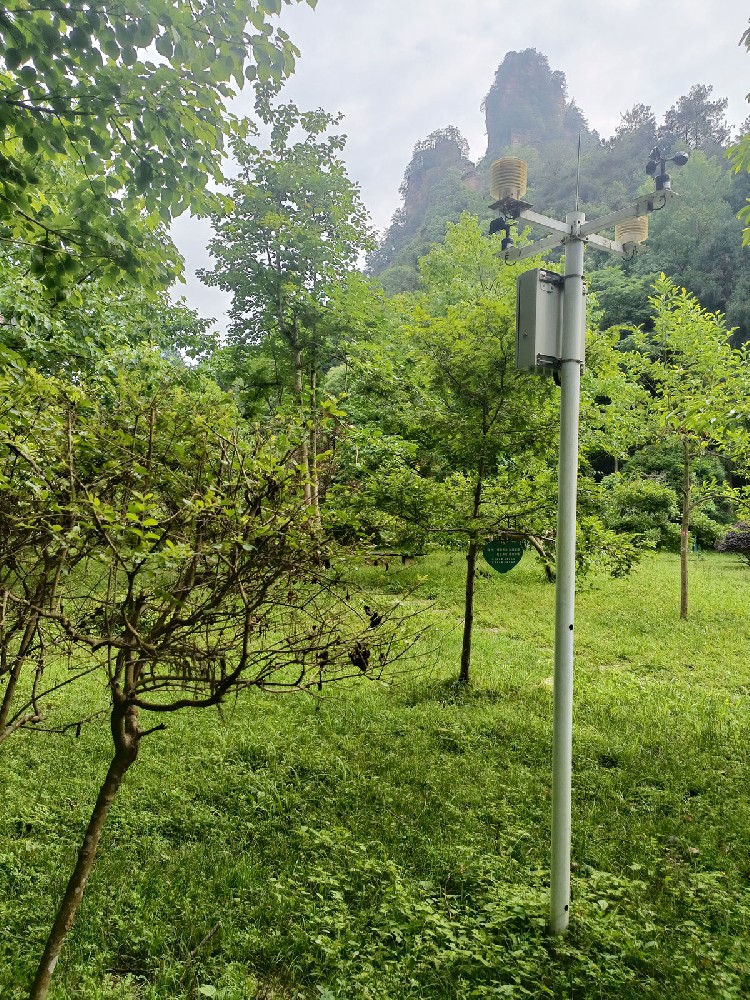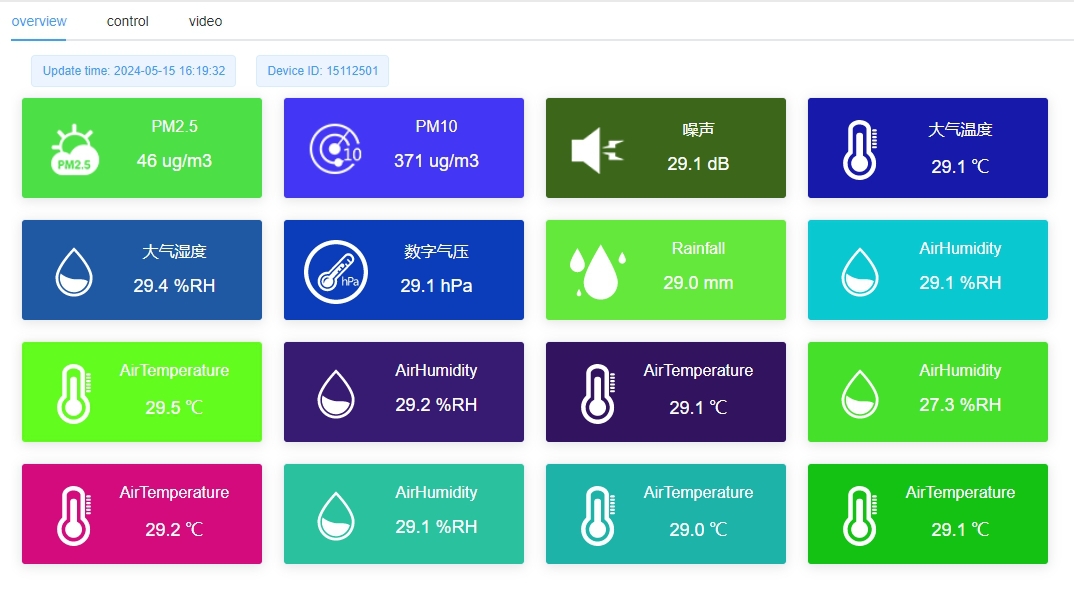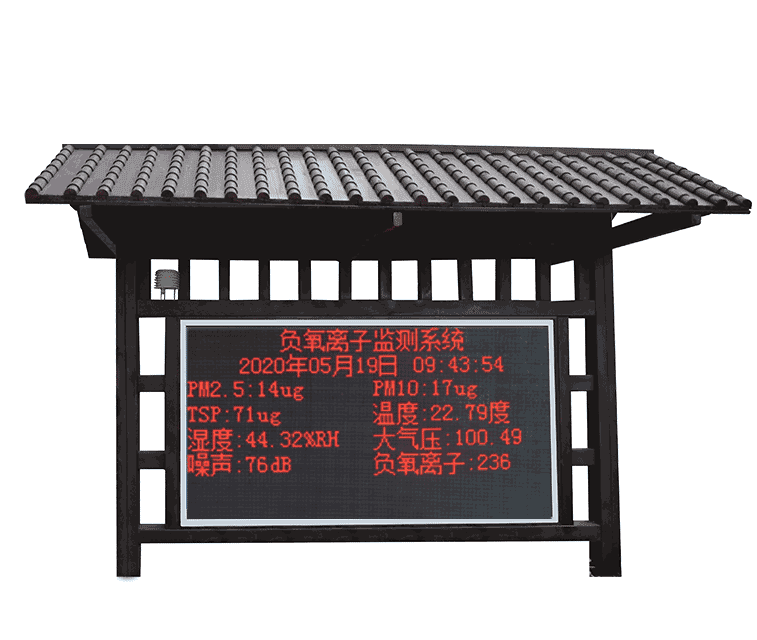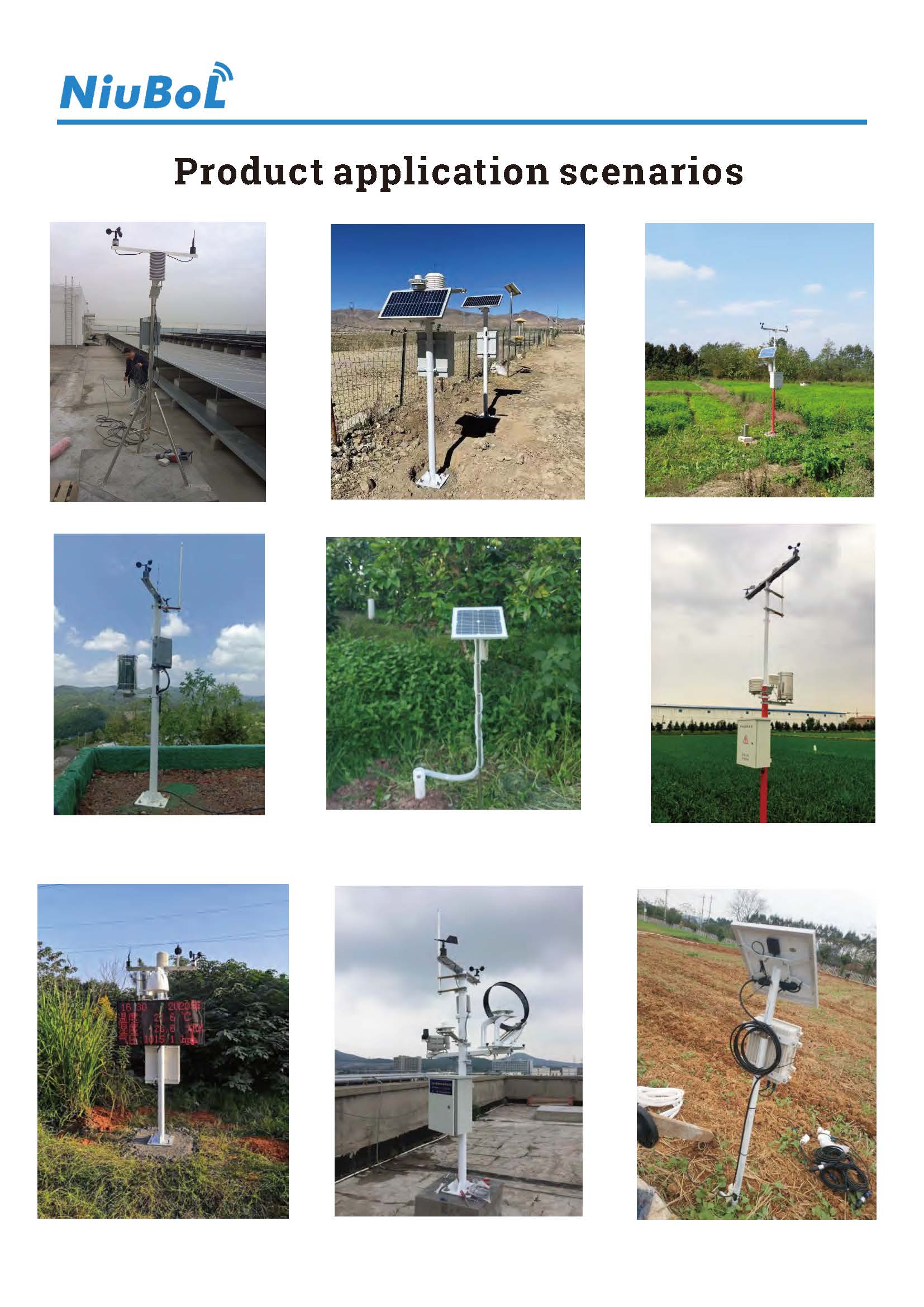

— Blogs —
—Products—
 Consumer hotline +8618073152920
Consumer hotline +8618073152920 WhatsApp:+8615367865107
Address:Room 102, District D, Houhu Industrial Park, Yuelu District, Changsha City, Hunan Province, China
Product knowledge
Time:2025-03-28 16:50:34 Popularity:94
Automatic weather stations are a key representative of modern meteorological monitoring technology. With their high efficiency, accuracy, and convenience, they demonstrate irreplaceable value in various fields. From environmental protection in urban parks to safety management in tourist attractions, and providing support to agriculture and research, these devices are revolutionizing how we obtain and apply weather data in an intelligent manner. This article will explore the functions of automatic weather stations, with a particular focus on their applications in parks and tourist attractions.
An automatic weather station is a meteorological monitoring device that operates without manual intervention, continuously collecting, processing, and transmitting data. The main functions include:
Equipped with high-precision sensors, an automatic weather station can measure temperature, humidity, wind speed, wind direction, rainfall, and other key meteorological parameters in real-time. It operates round the clock, ensuring continuous and up-to-date data without the need for manual supervision.
Through advanced sensors and algorithms, these stations deliver reliable measurement results. This accuracy forms a solid foundation for weather forecasting, disaster warnings, and scientific research, making it suitable for scenarios that require high-quality data.
The collected data can be instantly uploaded to cloud platforms via wireless networks, allowing users to view and analyze the data through mobile phones or computers. This remote access function significantly enhances management flexibility and efficiency.
Automatic weather stations are typically compact in size, easy to install, and, due to their automated design, require minimal maintenance. This makes them ideal for deployment in a variety of environments, from urban areas to remote locations.

Urban parks play a crucial role as spaces for relaxation and natural conservation. Maintaining the ecological environment within parks is vital, and automatic weather stations play a unique role in park management:
Weather stations in parks track temperature, humidity, wind speed, and other parameters to help park managers understand microclimate changes. For example, during hot summer days, humidity data can guide irrigation systems to keep vegetation healthy. In winter, wind speed monitoring helps assess the impact of cold winds on trees.
When extreme weather conditions such as heavy rain, strong winds, or low temperatures are detected, the weather station triggers alerts, prompting managers to take protective measures such as pruning weak trees or covering vulnerable plants. This early warning capability helps reduce damage to the park’s ecosystem caused by natural disasters.

By accumulating years of meteorological data, park managers can analyze climate trends, such as whether reduced rainfall is leading to soil drought or how rising temperatures are affecting local species. These insights help develop scientific strategies for vegetation protection and wildlife habitat management.
Accurate weather information can improve the experience of park visitors. For example, parks can adjust event schedules based on weather forecasts or display real-time weather updates at entrances, helping visitors plan their visits more effectively.
Automatic weather stations make park management more scientific, safeguarding green spaces while providing better outdoor environments for urban residents.
Tourist attractions, with their unique natural and cultural resources, are particularly sensitive to weather conditions. Installing automatic weather stations in these locations brings multiple benefits:
Extreme weather such as thunderstorms, strong winds, or hail can pose risks to visitor safety. Tourist attraction weather stations can monitor these changes in real-time and issue alerts. For example, when wind speed exceeds safe thresholds, the management can close aerial cable cars or evacuate visitors from mountaintops; when heavy rain is approaching, shelters can be opened in advance. This quick response capability significantly reduces the risk of accidents.
Weather directly influences the enjoyment of tourists. With data from the weather station, attractions can tailor recommendations to visitors. For example, sunny days could suggest hiking routes, while rainy days could promote indoor exhibitions. Accurate forecasts also help visitors plan their trips and avoid inconvenience caused by sudden weather changes.
Meteorological data supports operational decision-making. For instance, analyzing visitor traffic during different weather conditions can help optimize staff scheduling and resource allocation. Monitoring long-term rainfall trends aids in the design of drainage systems. Additionally, the data can be used to develop emergency plans, enhancing the ability to respond to incidents like floods or landslides.
Tourist attractions' vegetation, soil, and historical sites are vulnerable to weather conditions. Drought can lead to vegetation withering, while heavy rain may trigger mudslides. The monitoring data from weather stations enables managers to take timely actions, such as increasing irrigation or repairing damaged areas, ensuring the sustainability of these resources.
The data collected by weather stations at tourist attractions provides valuable resources for climate research. For example, studying the impact of rising temperatures on alpine vegetation or the effects of changing rainfall patterns on river ecosystems. These findings not only serve the protection of the attractions but also provide insights for global environmental policies.

In addition to parks and tourist attractions, automatic weather stations have significant applications in other fields:
- Agricultural Production: Monitoring soil moisture and rainfall to guide irrigation and planting schedules.
- Traffic Safety: Monitoring wind speed on highways or bridges to ensure driving safety.
- Wind Energy Development: Assessing wind speed and direction to optimize wind farm locations.

Automatic weather stations, with their efficient data collection, precise measurements, and convenient management capabilities, are transforming how we obtain and utilize meteorological information. In urban parks, they protect green ecosystems; in tourist attractions, they ensure safety and enhance visitor experiences. In many other fields, they support scientific decision-making. Whether protecting natural resources, optimizing daily operations, or responding to climate change challenges, these devices are demonstrating their irreplaceable value.
Prev:Ultrasonic Weather Stations: Technology and Multi-domain Applications
Next:Photovoltaic Weather Station: Helping Photovoltaic Power Plants Operate Efficiently
Related recommendations
Sensors & Weather Stations Catalog
Agriculture Sensors and Weather Stations Catalog-NiuBoL.pdf
Weather Stations Catalog-NiuBoL.pdf
Related products
 Combined air temperature and relative humidity sensor
Combined air temperature and relative humidity sensor Soil Moisture Temperature sensor for irrigation
Soil Moisture Temperature sensor for irrigation Soil pH sensor RS485 soil Testing instrument soil ph meter for agriculture
Soil pH sensor RS485 soil Testing instrument soil ph meter for agriculture Wind Speed sensor Output Modbus/RS485/Analog/0-5V/4-20mA
Wind Speed sensor Output Modbus/RS485/Analog/0-5V/4-20mA Tipping bucket rain gauge for weather monitoring auto rainfall sensor RS485/Outdoor/stainless steel
Tipping bucket rain gauge for weather monitoring auto rainfall sensor RS485/Outdoor/stainless steel Pyranometer Solar Radiation Sensor 4-20mA/RS485
Pyranometer Solar Radiation Sensor 4-20mA/RS485
Screenshot, WhatsApp to identify the QR code
WhatsApp number:+8615367865107
(Click on WhatsApp to copy and add friends)